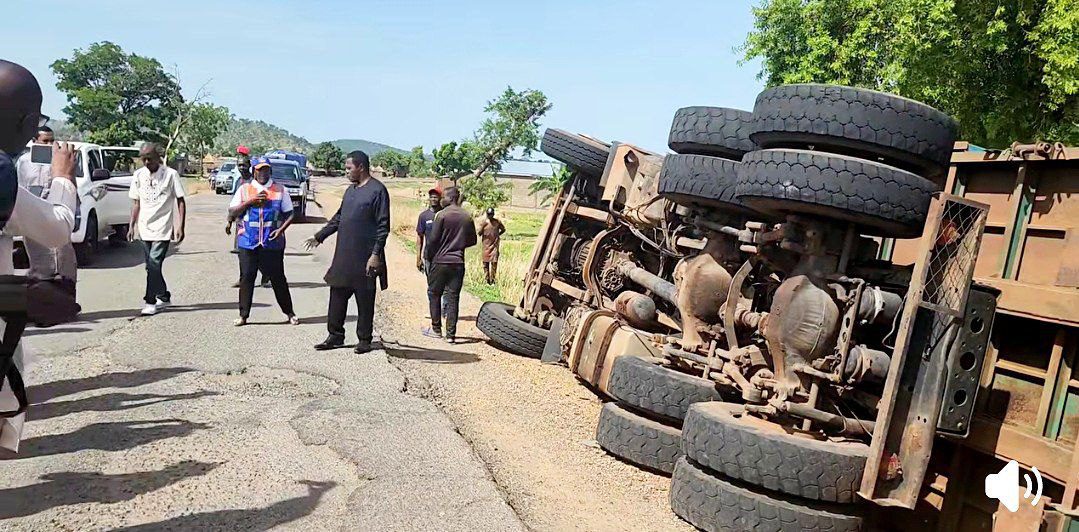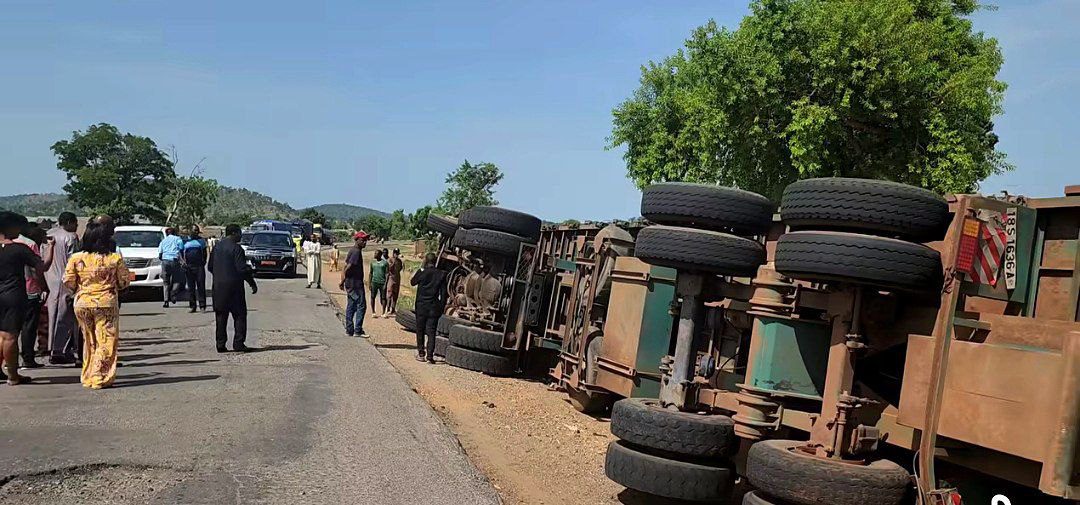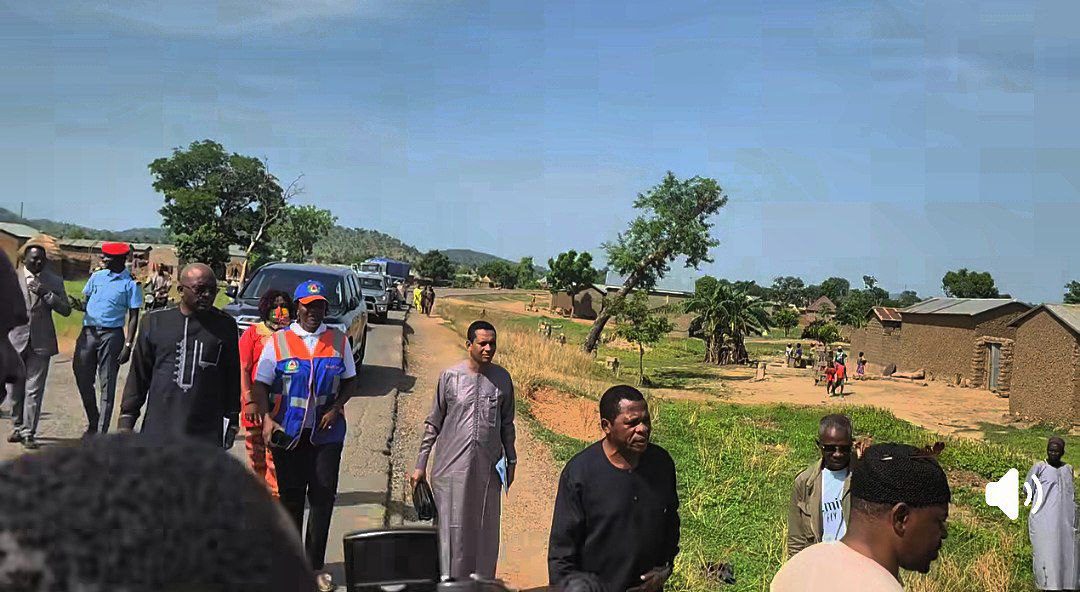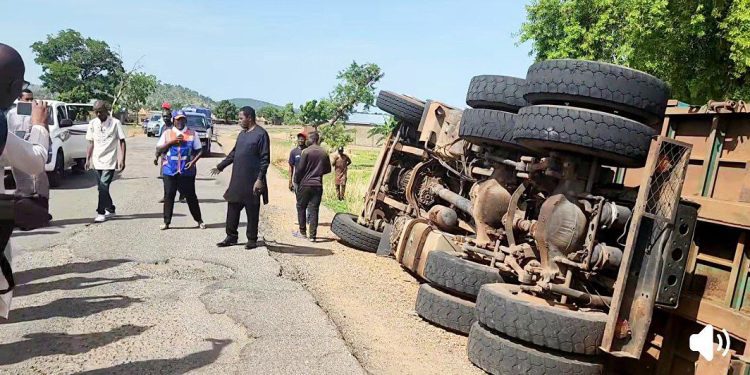Cameroon’s Minister of Territorial Administration, Paul Atanga Nji, has stirred a storm of controversy following his high-profile drive along the heavily deteriorated Ngaoundere–Garoua road. The 277-kilometre drive by the minister has become emblematic of Cameroon’s crumbling road infrastructure.
Behind the wheel of his own car, Atanga Nji undertook the 7-hour, 12-minute journey on May 8 as part of a working visit to the Adamawa and North regions. He later declared the trip an act of discipline and public service. He claimed it allowed him to witness firsthand the suffering of road users and the state of National Road No. 1, a vital economic artery in the Grand North.
But rather than applause, the minister’s “road reality tour” has been met with public scepticism and outrage. Many citizens are questioning both the motive and the mandate behind the move.
“What is the title of this movie meant to distract the people?” wrote Facebook user Don Rodriquez.
“After 43 years, now they’re suddenly realising the North is suffering? Just another attempt to flatter the people before October elections,” added political commentator Roger Fongtambai.
The highway, once drivable in under two hours, is now a gauntlet of gaping potholes and stranded trucks. Locals claim that the route has turned into a deadly trap. As such it hinders trade and mobility in one of Cameroon’s most impoverished areas.
A Symbolic Ride or a Political Stunt?
Minister Atanga Nji admitted that the condition of the highway “raises serious questions” and pledged to deliver a personal report to the Head of State.
“The population keeps asking: ‘The President gave us the road, so where is it?” he said, echoing President Biya’s 2024 end-of-year speech that prioritized the Garoua–Ngaoundere highway as a key national project.
But critics argue that the visit was less about results and more about optics, especially with the 2025 presidential election fast approaching.
“So it takes a Minister driving himself for the government to believe the road is in ruins?” asked Destiny Afu. “What are regional officials there for? This exposes the dangers of centralization.”
A Broader Crisis of Infrastructure
The outrage generated by Atanga Nji’s trip cuts across the country, exposing a longstanding failure to develop or maintain key infrastructure. Among the most glaring examples is the Bamenda Ring Road in the North West. This is a 367-kilometre project promised since the early 1990s. Over 30 years later, it remains only partially paved, with potholes re-emerging shortly after each patchy rehabilitation.
“They tar fifteen kilometers, and by the time they reach the sixteenth, the first stretch is already cracking; evidence is in Ndop,” said a commercial bike rider displaced into Bamenda. “It’s like a running joke.”
In the Far North, the Mora–Dabanga–Kousseri corridor, critical for trade, remains in a perilous state. During the rainy season, some communities in the East and South West regions find themselves completely cut off, struggling to survive without medical access, school transport, or basic commerce.



The Institutional Disconnect
Many Cameroonians are now asking: Is MINAT even the right ministry to tackle road issues?
The ministry, which Atanga Nji heads, is not directly responsible for roads. However, poor road conditions have consequences for one of its missions, which is to coordinate civil protection and emergency responses.
The Ministry of Public Works (MINTP) plans and executes road construction projects, maintains the national road network, supervises road contractors, and enforces quality standards.
“You’ve been in power for decades managing projects from behind desks. Now the people’s suffering has caught up with you,” wrote Domitien Mbangmot, a social media commentator.
The Road Ahead
While Atanga Nji insists his visit was a “good exercise”, public confidence remains low. For many Cameroonians, the gesture does little to change the material realities of life on neglected roads.
As the presidential election, scheduled for October, draws near, concerns are growing that symbolic visits will replace real infrastructure reforms.



